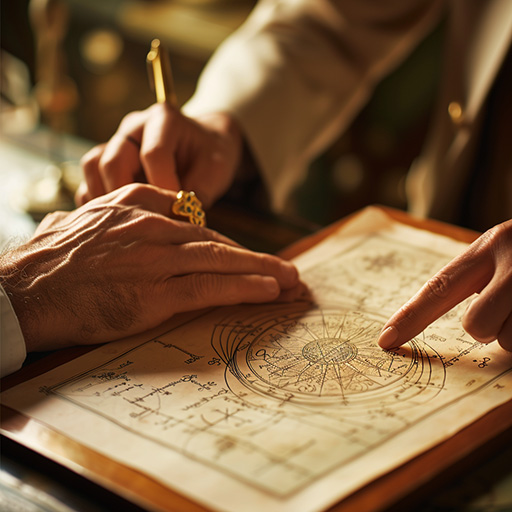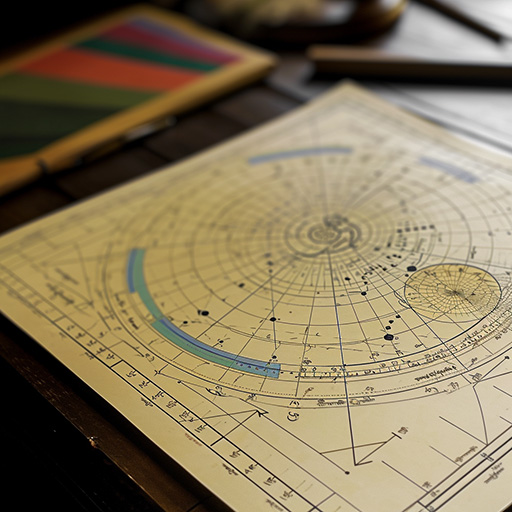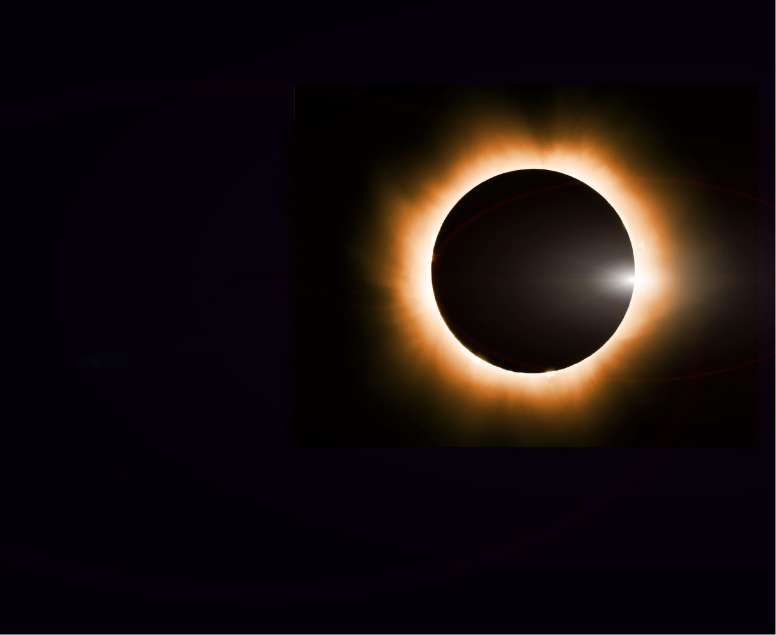
Vedic Astrology Readings
Vedic astrology, also known as Hindu astrology, Jyotisha, or Indian astrology, is the practice of discerning information about the future from the movement of stars and planets. It is an ancient technique passed on by thousands of generations. That said, the term “Vedic astrology” itself only entered common usage in the 1970s, along with Āyurveda and yoga.
Currently, many Indian universities offer advanced degrees in Jyotisha, educating people about their connection to the astral world beyond the Earth. However, the practice of Vedic astrology spread well beyond its originating continent, finding numerous supporters on American soil.
This article describes the core elements of this form of divination and outlines its history.
History of Vedic Astrology
The Vedas — sacred texts of Hinduism composed in Vedic Sanskrit — are the cradle of Vedic astrology. Namely, the Vedanga Jyotisha serves as the first mention of astrology in these religious texts.
Its name, Jyotisha, comes from the Sanskrit word Jyotish, which roughly translates to “light.” The light it refers to could be the light of the sun, the Moon, or the heavenly body. People use this term when talking about the science of timekeeping through analyzing the movements of astronomical bodies.
Originally, Jyotisha was only an auxiliary discipline used to support Vedic rituals. But with time, its role of determining dates for sacrificial rituals became intertwined with studying the positions and motions of planets and stars.
Through the influence of Hellenistic astrology, Vedic astrology changed form and adopted some elements of Western astrology. It is the form that we know today.

Core Principles of Jyotisha
At the heart of Vedic astrology lies the notion of Bandhu. It is best described as the connection between the inner and outer world or the microcosm and the macrocosm.
This connection serves as the foundation of Jyotisha. It supports studying past events, discerning the influence of the present, and establishing the potential occurrence of events to unfold.
Studying Jyotisha promotes forecasting problems before they arise, making it a prevalent practice. Consequently, Vedic astrology may aid an individual in deepening their understanding of the current situation and where it might lead them.
Elements of Vedic Astrology Birth Charts
There are sixteen divisional charts used in Vedic astrology. Each of them falls into one of the seven groups:

Rāśi – The Hindu Zodiac Signs
Rāśi involves charts related to zodiac signs.
The Nirayana, or sidereal zodiac, is an imaginary belt of 360 degrees. This belt is divided into twelve parts, where each part constitutes a sign (titular rāśi). Each sign has a corresponding element and a ruling astrological body.
Here is a combination of all twelve signs with their corresponding astrological bodies:
Meṣa (Aries) — Mars
Vṛṣabha (Taurus) — Venus
Mithuna (Gemini) — Mercury
Karka (Cancer) — Moon
Siṃha (Leo) — Sun
Kanyā (Virgo) — Mercury
Tulā (Libra) — Venus
Vṛścika (Scorpio) — Mars
Dhanuṣa (Sagittarius) — Jupiter
Makara (Capricorn) — Saturn
Kumbha (Aquarius) — Saturn
Mīna (Pisces) — Jupiter
Nakṣhatras
The nakshatras are equal divisions of the night sky. There are 27 of them, each identified by its prominent star.
The Abhiśeka Nakṣatra is the most important, holding power to influence other nakshatras. Its worship is one of the central points of predictive astrology and mitigating Karma.
Daśās
The word “dasha” literally means “state of being.” It refers to the position of the planet and the potential effects it may have on the state of being of a person. The Daśā system supports acknowledging what planets are active and how they may influence people’s behavior.
There are various Daśā systems, each with its own area of application. For instance, there are Daśās related to planets and separate Daśās which revolve around zodiac signs.
Grahas
The word “grahas” can be transcribed as planets. As such, the charts related to grahas are concerned with planets and how they may affect the decision-making of human beings.
The Navagraha is the study of the nine celestial bodies used in Vedic astrology, namely the Sun, Moon, Mercury, Venus, Saturn, Mars, Jupiter, the North node of the Moon, and the South node of the Moon. Astrologers delving into Navagraha could promote discovering the periods when grahas are active, which is said to be when they can direct the affairs of people and events.
Gocharas
One of the charts used in Vedic astrology shows the position of the grahas at the moment of birth. This position, however, is not set in stone — planets are in constant motion. As the grahas continue to move around the zodiac, this process is referred to as gochara.
The study of gocharas focuses on the transit of the Moon, Mercury, and Venus, as well as the slower planets (e.g., Jupiter and Saturn). Astrologers study the transit to promote the revelation if it will positively or negatively impact the person’s life.
Yogas
Yoga is a specific combination of planets. The way planets correspond to each other is of great significance, which may support either fame, status, wealth, and authority, or misery and disgrace.
Bhāvas
The Hindu birth chart is called Jātaka or Janam Kundali. It represents the complete 360° circle of life, divided into twelve houses called Bhāvas. They are a crucial part of any horoscopic study because they are said to support the discovery of how one’s position in the circle of life may affect their future.
Dṛiṣṭis
Drishti is believed to be an aspect (interchange of energies) of an entire house.
Zodiac signs and planets cast these aspects, and their strength varies at different points. Their importance is tied to the war field between the aspect of an army of planets as deities and demons.
The aspects of natural benefics (the full Moon, Mercury, Venus, and Jupiter) promote good results, while malicious ones (the Sun, Mars, and Saturn) lead to bad outcomes.
Importance of Vedic Astrology
Modern Vedic astrology plays a significant role in the lives of many people. Its influence is particularly evident in India, where it first rose to prominence.
Many Hindus cultivate a long-established and widespread belief in astrology, following its guidance in their daily lives. The importance of Jyotisha there is undeniable, as it permeates almost every aspect of Hindu life.
For example, newborns in Hindu culture are frequently named based on their Jyotish charts (Kundali). Furthermore, the organization of the calendar and holidays is based on astrological concepts derived from observing heavenly bodies, including the planets.
Before any significant decision, such as a wedding, opening of a new business, or changing the place of residence, the followers of Vedic astrology will try to evaluate the planetary influences on their earthly lives. If the signs are worrying, the person may forgo their pursuit or postpone it.
